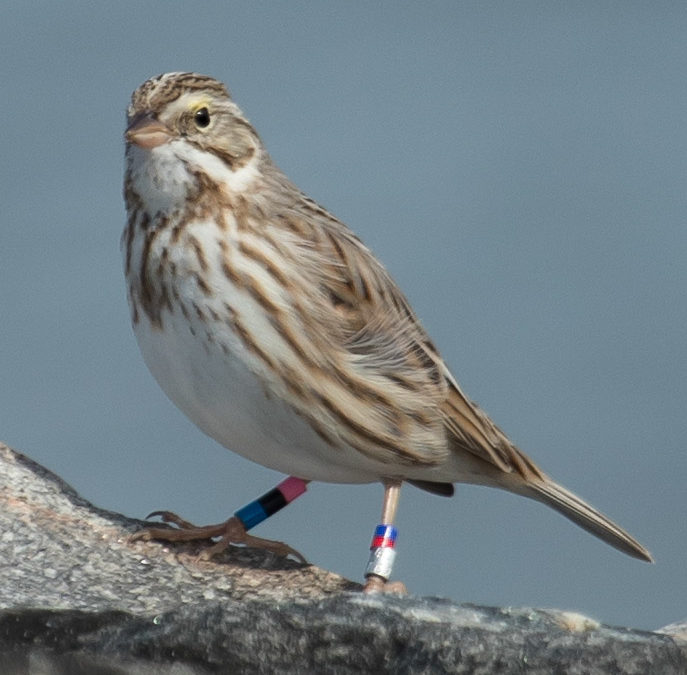Assateague and Sable Islands – Bookends to Ipswich conservation

Virginia woodpeckers have record year
July 9, 2019
There are Still Wizards: A film
September 13, 2019By Bryan Watts | bdwatt@wm.edu | (757) 221-2247
July 11, 2019
Sable Island, lying some 180 kilometers off the northeast coast of Nova Scotia, and Assateague Island, straddling the Virginia-Maryland border, are connected by the unique life history of the Ipswich sparrow. They represent bookends in the annual cycle of this small population. Sable is their summer home while Assateague is one of their most significant winter homes. Both will be critical to the bird’s future.
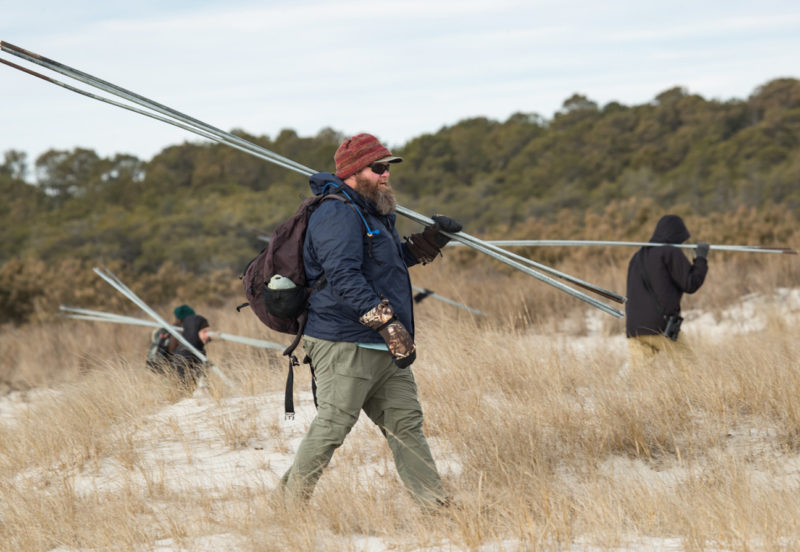
Following years of speculation, the mystery of the breeding ground for the Ipswich sparrow would unravel in 1884 when Ridgway located a clutch of eggs in the National Museum that he believed, due to the large size of the eggs, could be from the sparrow. The clutch had been collected in 1863 by Superintendent J. P. Dodd of the Life Saving Station on Sable Island. Ridgway’s suspicion would be confirmed when adult specimens were taken on Sable during the summer of 1884. Isolation on Sable would help to explain some of the unique morphological traits and habitat associations of the form.
Despite a very keen interest by the birding community about Ipswiches following its description by Charles Maynard in the early 1870s, it would take decades to sort out the winter geography and the special importance of Assateague Island. Clues came from the Audubon Christmas Bird Count. For years, the crew covering the north end of Assateague for the Ocean City Count reported totals that dwarfed all other counts throughout the range, suggesting some special association with the site. In 1971, the broader context would be provided by Ian McLaren and Wayne Stobo. They conducted four-mile strip transect surveys within accessible dune habitat from South Carolina through Massachusetts and plotted survey results by latitude. Their surveys showed a dramatic peak in abundance between Virginia and New Jersey, with a bullseye centered on Assateague Island. As often happens, Maynard’s initial collections on Ipswich Beach during the winters of 1868 and 1871 were not representative of the broader distribution but would turn out to be near the northern limit of the core winter range.
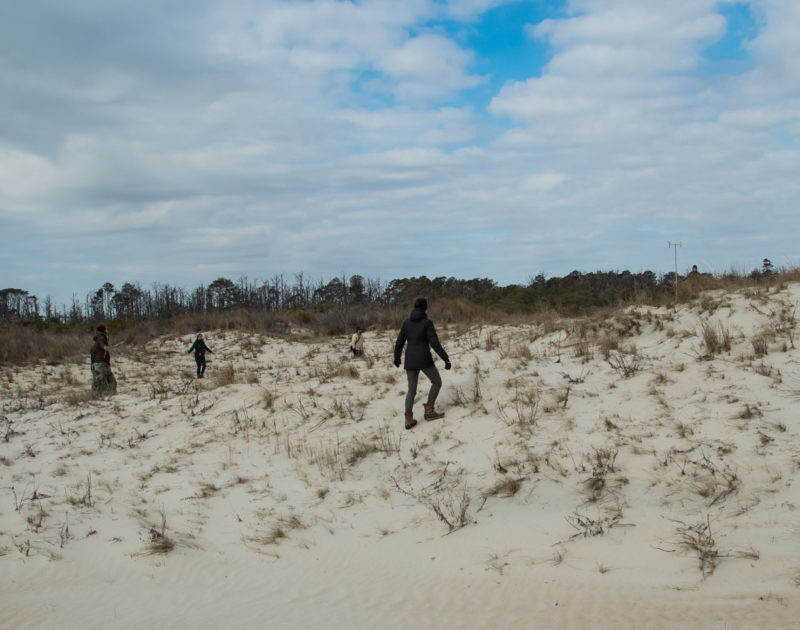
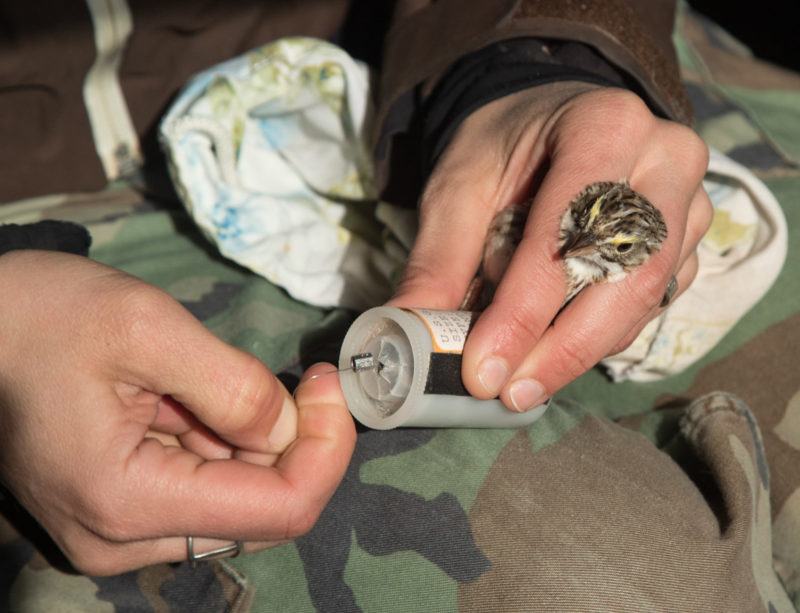
Breeding Ipswich sparrows have been studied on Sable Island mostly by researchers from Dalhousie University and Acadia University. Thanks to their hard work we know a great deal about the breeding ecology of this population. Sable Island was dedicated as a reserve by Parks Canada in 2013. Because the Ipswich sparrow is listed as federally threatened in Canada, Parks Canada has made the Ipswich sparrow a conservation priority for the property and is funding ongoing work designed to inform future management.
Assateague Island represents one of the largest (stretching 60 kilometers), mostly intact landscapes remaining for Ipswich sparrows throughout their winter range. The island supports patches of dune habitat that fit Ipswiches like a glove. Recent work by CCB suggests that this single site may support 15 to 20 percent of the global population. Assateague Island is federally owned. The northern and largest section of the island in Maryland constitutes Assateague National Seashore, owned and managed by the National Park Service. The southern section of the island in Virginia is Chincoteague National Wildlife Refuge. These properties have an important role to play in the future of the Ipswich sparrow.
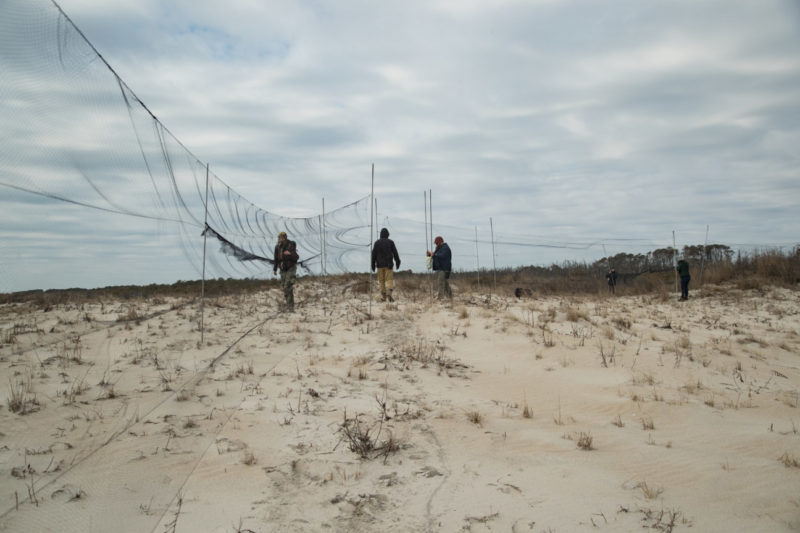
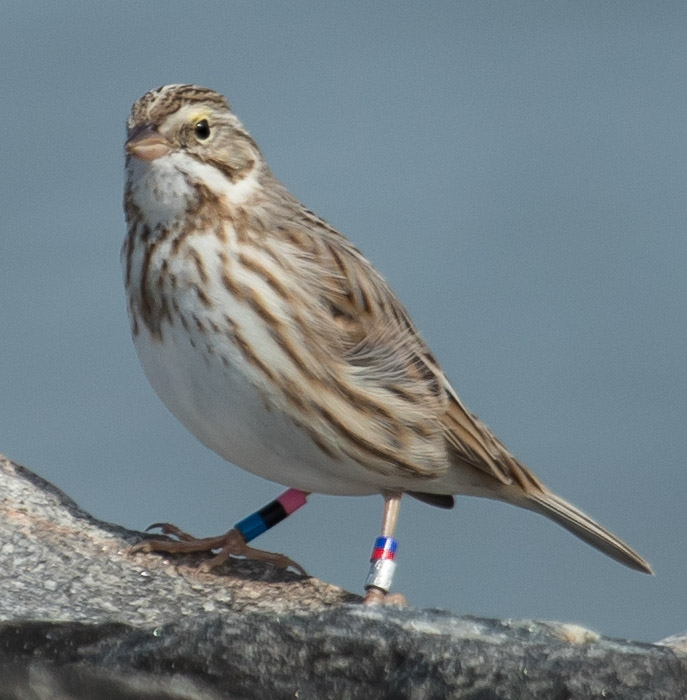
Ipswich sparrows are perched precariously on the dunes along the Atlantic coast. One of the central questions for Ipswiches and a host of other species is how, within the practical limits of our management universe, should we mobilize resources to shore up their future. Understanding the extent to which we can effect change requires a clear recognition of which critical resources and ecological drivers are under our management control. On the winter grounds, the most likely population bottleneck, we have many information gaps to fill in order to build a clear vision. Research questions include: What factors contribute to annual variation in the seed crops that Ipswiches depend on through the winter? What impact do winter storms have on seed availability? What other consumers compete for the winter seed crop? How is seed availability tied to overwinter survival? What level of overwinter survival is needed for population maintenance?
As part of an international partnership including the National Park Service, Parks Canada, the U.S. Fish and Wildlife Service, Dalhousie University, and Acadia University, CCB is working to answer many questions that we believe will help to inform the management of critical winter habitat.

